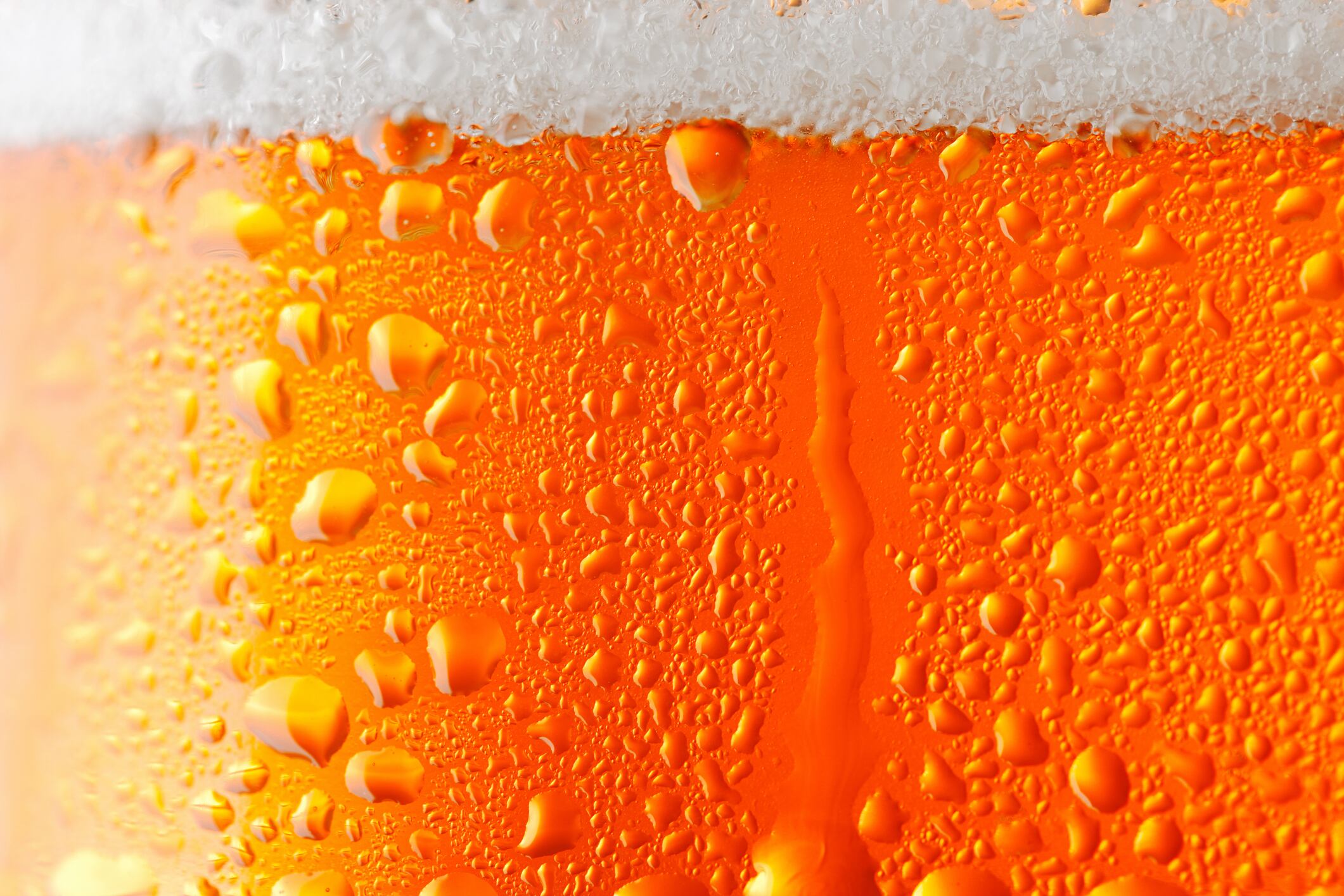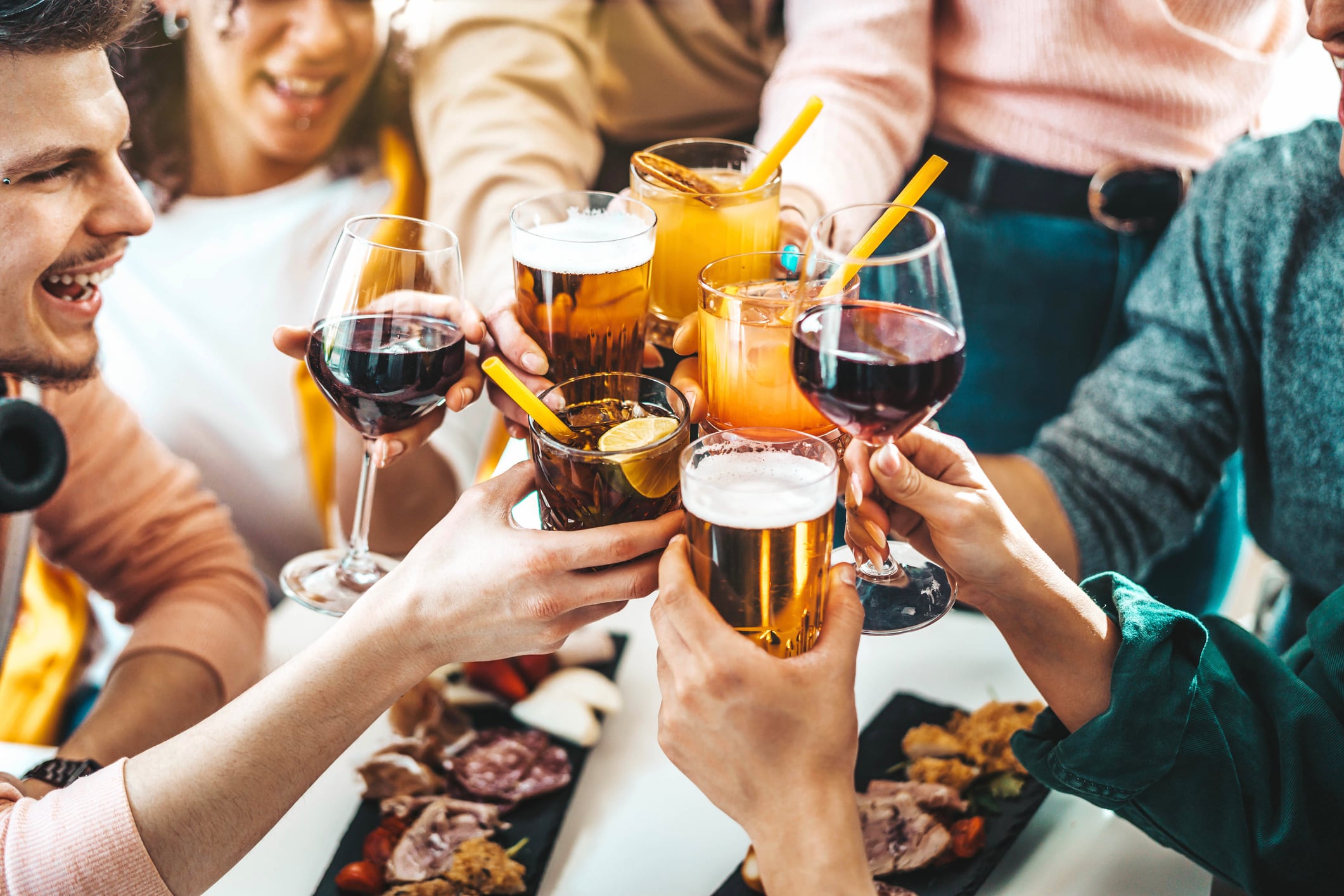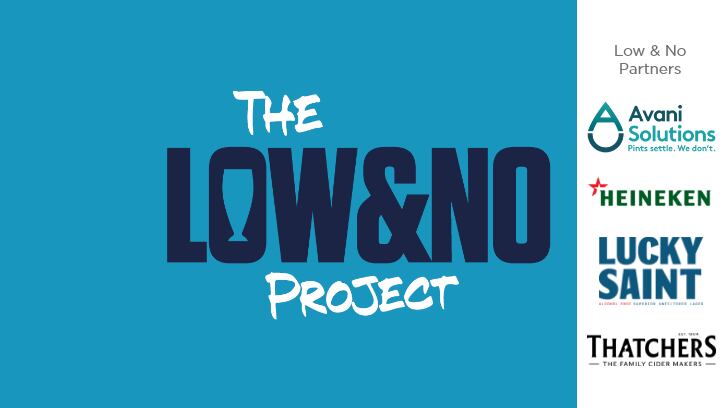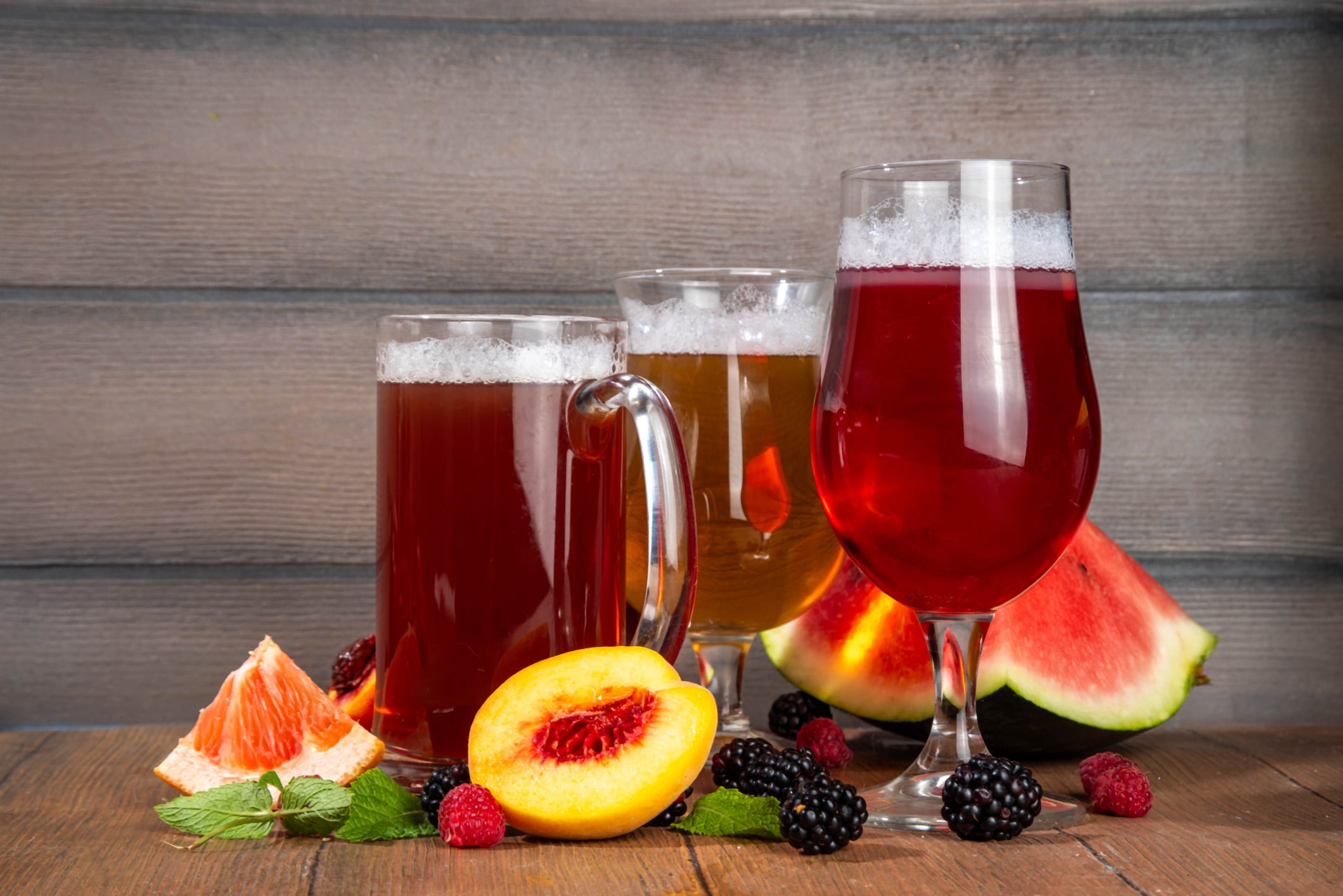Whether it’s the rich depth of malt, the bold punch of hops, or the distinctive aromas from yeast, each element plays a crucial role in shaping the beer experience.
To shed light on these differences, The Morning Advertiser (The MA) joined a session at the Wine & Spirit Education Trust (WSET) school in London, where experts broke down the key traits.
Malt-driven styles
WSET described this style of beer as the “most popular in the world. Pale in colour, brewers typically use lightly kilned malted barley, known as base malts, which provide the fermentable sugars and enzymes needed to convert starches, for malt-driven brews.
This gives the beer a straw or gold colour and aromas such as bread crumb, bread dough or water cracker.
In some cases, brewers will also use some sugar or syrup, or include more neutrally flavoured grains such as rice in the grain bill. This gives a lighter aroma intensity and lighter body compared to beers made with 100% malt.
American or international pale lager is an example of a beer brewed with base malts. They tend to have lower to medium bitterness, medium alcohol and higher carbonation. Munich Helles and blonde or golden ale are other examples of this type of beer.
Speciality malts, which are kilned at a higher temperature, can also be used in malt-driven beers, including Munich Dunkel. These beers are often amber, copper, brown of black in colour and offer aromas of digestive biscuits, bread crust, toasted bread, caramel, dried fruits, candy floss, chocolate and coffee.
Brown ale, Porter, stout and barley wine are all examples of malt-driven beers made with speciality malts.
Hop-driven styles
Hops bring two key attributes to beer: bitterness and aromas.
Some hop-driven styles have a medium or pronounced bitterness with a restrained hop aroma. This can be achieved by adding most of the hops towards the start of wort boiling and fewer at the end of the boil.
Using traditional British Czech or German hops can provide a more restrained hop aroma, giving the beer a subtle spicy, floral, herbal, earthy or fruity character.
Some other hop driven styles have both high levels of bitterness and pronounced hop aromas. This is achieved by adding hops early in the boil for bitterness, later in the boil for flavour and dry hopping, which involves adding the hops in the fermentation process, for aroma.
In this case, American, New Zealand and Australian hops can be used to give intense citrus fruit, stone fruit, tropical fruit or pine notes. These intensely hop driven beers have evolved into a number of variants that vary in alcohol level and colour.
Examples of hop-driven styles of beer include traditional Czech or German pilsner, which is straw to golden colour with aromas such as bread dough, light honey or breadcrumb from the malt and subtle spicy floral or herbal aromas from the hops. They typically have medium to high bitterness and medium alcohol levels. Bitter, American pale ale, American IPA and hazy IPA are other examples of this style of beer.
Yeast-driven styles
The main difference in making yeast-driven beers is the specific yeast strain and fermentation temperature used.
The main types of yeast aromas are fruity and spicy depending on the strain of ale yeast chosen by the brewer, they can promote the production of certain aromas in the beer.
These can include a wide range of fruity aromas such as tropical fruit, pome fruit or citrus fruit and, in some cases, spicy aromas such as clove or peppercorn. These aromas are found in different combinations in a diverse range of beer styles.
Examples of yeast-driven beers include Weissbier, which is light in colour and typically has banana aromas, Dubbel, which is copper to brown in colour and has fruity and spicy notes, Tripel, which is gold and boasts prominent fruit aromas such as orange or banana as well as some spice.
Saison, which is commonly gold to amber in colour and has peppercorn flavours alongside fruity, spicy and floral notes, and Witbier, which is hazy and straw to gold in colour with subtle fruity and spicy aromas, are also examples of yeast-driven brews.
Sours
Sour beers get their distinct sour character from bacteria, such as lactic acid bacteria, that are active during fermentation and maturation. Some sour beers are yeast-driven, some are bacteria-driven and others use mixed fermentation.
Lactic acid bacteria contribute acidity to the beer. In some cases, sours can also be influenced by Brettanomyces, a type of yeast that can add complex aromas to beer including farmyard, hay, ripe pineapple and leather.
Berliner Weisse, a straw-coloured and hazy brew with subtle aromas of bread dough from wheat and malt as well as subtle fruity notes from fermentation is an example of a sour beer. It is typically moderately sour and low in alcohol with low bitterness and sometimes served with syrups, like raspberry. This style is typically made using cultured yeast and bacteria.
Geuze is another type of sour beer. Gold in colour with complex aromas, such as farmyard and hay, as well as fruity aromas including grapefruit, orange, apple, apricot or rhubarb along with subtle bread crumb notes, it often has low or no bitterness and medium to high alcohol levels.
This style is made using spontaneous fermentation and is influenced by a range of ambient yeast and bacteria including Brettanomyces as well as lactic acid bacteria.





